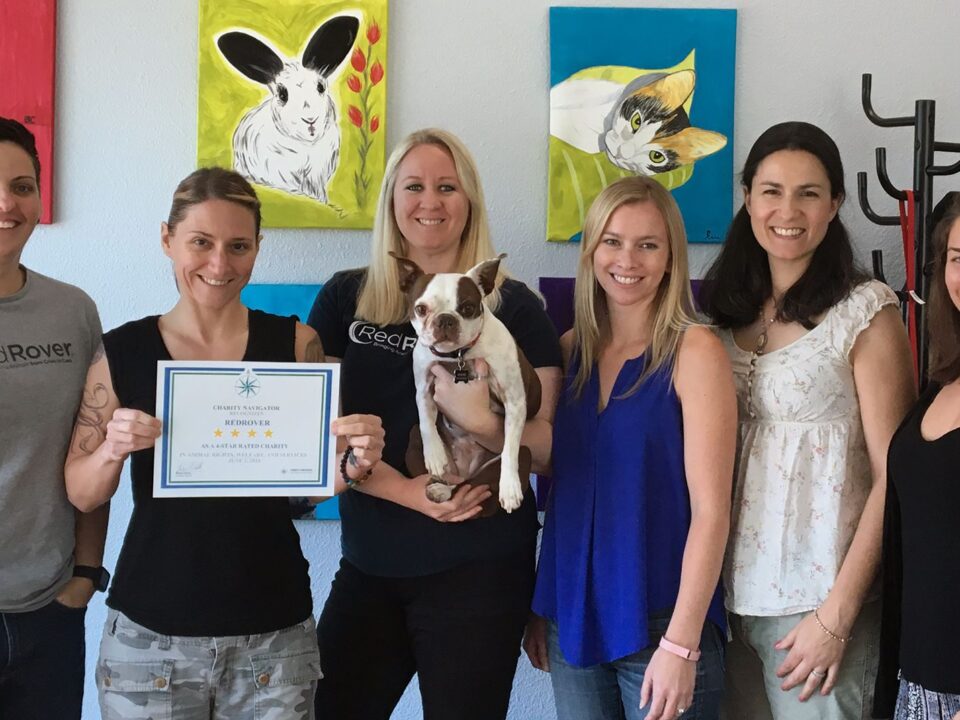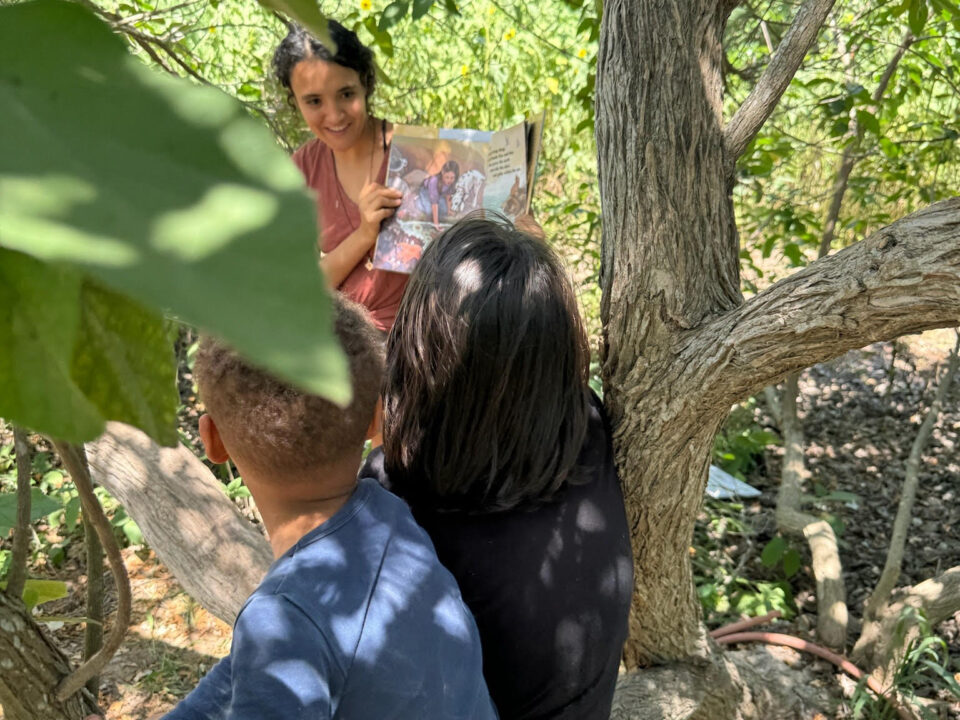Additional Training and Hands-On Experience
June 21st, 2021
The RedRover Responders Volunteer Training Workshop provides an overview of the basic skills needed to volunteer at a shelter during a disaster, but volunteers may wish to build upon their skills through the following activities:
FEMA classes:
All RedRover Responders volunteers are required to take the free FEMA online class IS-100.c: Introduction to Incident Command, but your free FEMA training doesn’t need to stop there. Read more about the free FEMA classes that RedRover recommends for volunteers.
Shelter volunteering:
Gain basic skills, like how to walk unfamiliar dogs or transfer cats between cages, or more advanced skills, like how to trap feral cats or handle aggressive dogs. And, you can help homeless animals in your community at the same time! Locate animal shelters and rescue groups in your area at www.petfinder.com.
Human first aid and CPR:
RedRover Responder volunteers are encouraged to maintain certification in human first aid and CPR. Courses are available through the American Red Cross.
Pet first aid and CPR:
RedRover Responder volunteers are encouraged to maintain certification in animal first aid and CPR. Not only can this help during an RedRover Responder response, but it can help you keep your own pets safe. Courses are available through the American Red Cross. Pet First Aid and CPR courses are also available through Pet Tech.
Specialized skill development:
We need more than animal handlers to set up and operate a temporary emergency animal shelter. Volunteers with the following skills are often needed:
- Construction / handyman / electrician
- Data collection, such as Petpoint.com software and MS Excel
- Computer, Internet and telecommunications technology
- Shelter animal “portrait” photography
- Digital photo manipulation such as re-sizing and cropping
- Digital photojournalism
- Videography
- Writers, bloggers
Community Emergency Response Team (CERT):
The CERT program consists of local groups of individuals interested in better preparing their community for disaster. They are often run in conjunction with a local fire department or Coast Guard Auxiliary, and are volunteer-based. Joining a CERT offers many benefits to RedRover Responder volunteers: a more comprehensive understanding of emergency management, valuable community networking, opportunities to take Incident Command System courses, additional response opportunities, and exposing the other CERT members to the importance of including animals in their plans.
Animal response teams (e.g. CART, SART, DART):
Some states/provinces and local communities organize and coordinate animal disaster response resources through a State or County Animal/Agricultural Response Team that is integrated into the state/local emergency management system. RedRover often works alongside volunteers and leaders from these independent groups, and receives requests from them when they need more help than their resources can provide.
Farmed animal just in time training:
The Center for Food Safety and Public Health offers excellent free online “Just in Time Training” modules about animal health emergencies. Though these modules are geared towards animals used in food production, many of the concepts and key ideas are similar to what we use when we shelter companion animals. And, RedRover has occasionally sheltered animals used in food production, too.
Animal field rescue:
The RedRover Responders role is providing temporary emergency animal shelterings, and not typically in the field doing field rescue work. However, some RedRover Responder volunteers may wish to expand their range of response opportunities by exploring training in search and rescue, technical animal rescue, large animal rescue or swift water rescue. Having training in field work does not guarantee that you will be able to perform such work during an emergency. If you are interested in pursuing field rescue work, RedRover recommends training from the following training opportunities:
- Code 3 Associates
Classes offered: Large Animal Rescue, Technical Animal Rescue, Biosecurity and Zoonoses - Felton Large Animal Rescue Co.
Classes offered: Large Animal Rescue - Rescue 3 International
Classes offered: Technical Animal Rescue, non-animal-specific swiftwater and rope rescue courses - National Association for Search and Rescue (NASAR)
“Search and Rescue” and other field rescue classes, taught by many different organizations and individuals, have become more widely prevalent following Hurricane Katrina. Volunteers should be aware that not all available classes will be compliant with new training consistency requirements.



